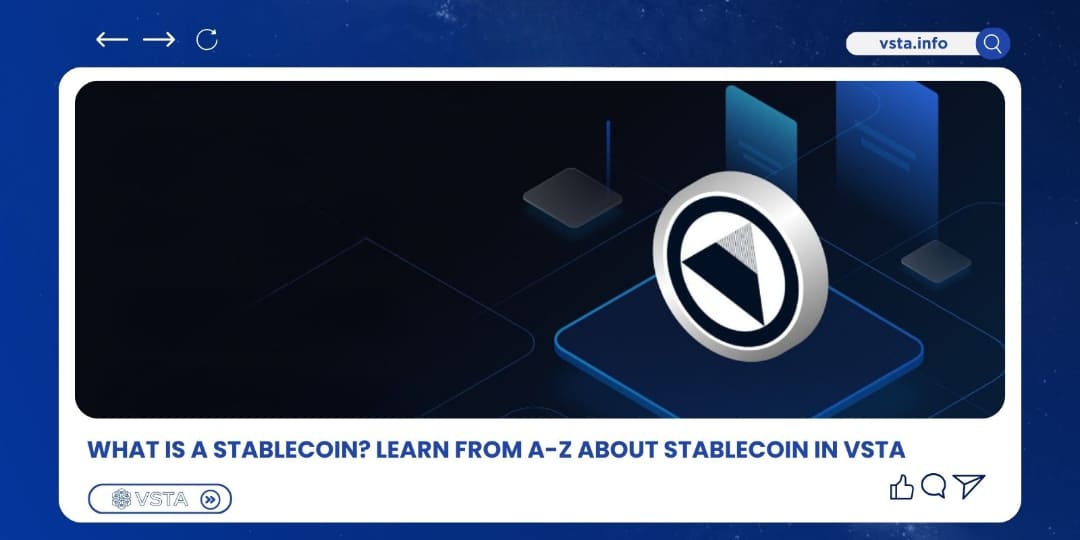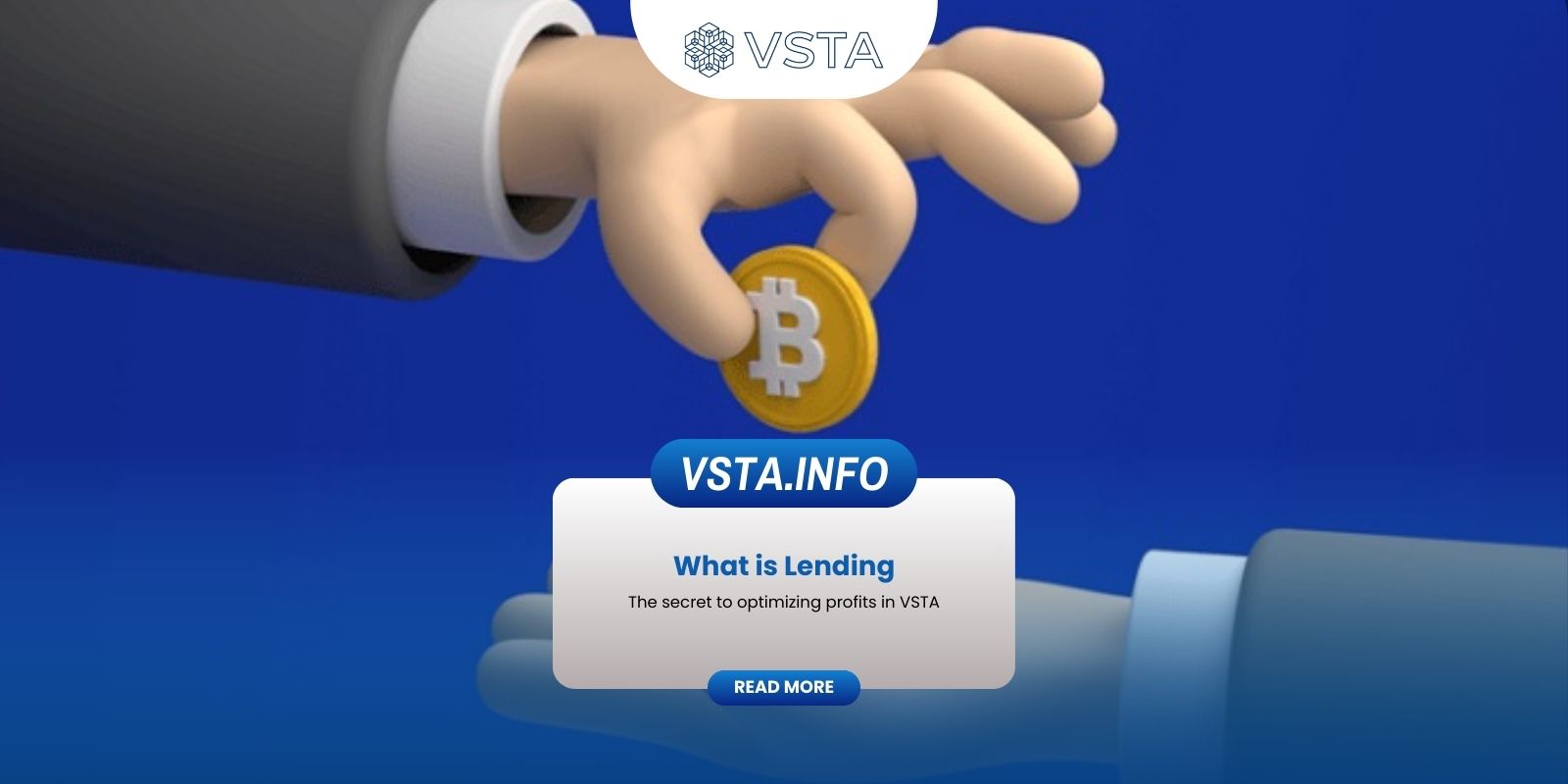VSTA is a Layer 2 lending protocol that allows investors to use maximum liquidity without paying interest. With the mission of providing a safe and convenient trading environment for users, Vesta Finance has quickly become an attractive destination for the global crypto community. To understand clearly what Vesta Finance is? Let’s review the overview information with VSTA below.
What is VSTA (Vesta Finance)
VSTA stands for Vesta Finance. It is a decentralized Layer 2 lending protocol that enables investors to maximize liquidity without having to pay interest. This project allows users to lock collateral assets to borrow the stablecoin VST, aiming to maximize liquidity.
Vesta Finance is built on Arbitrum, Ethereum’s Layer 2 solution. Investors do not need to pay interest by locking collateral assets such as ETH, renBTC, gOHM, and GMX, while still being able to easily borrow the stablecoin VST.
4 key features of VSTA (Vesta Finance) – Updated 2025
Unlike other payment platforms, Vesta Finance stands out with the following four features:
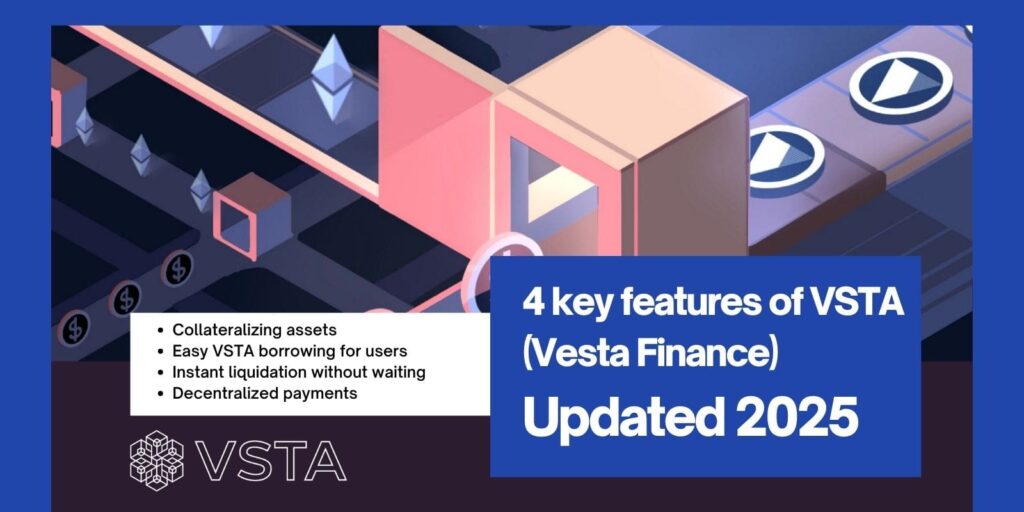
Collateralizing assets
In February 2022, Vesta Finance went live on Arbitrum and officially launched the Borrow feature. This feature allows collateralization of multiple assets such as ETH, renBTC, and gOHM to generate the stablecoin VST. Investors do not need to sell their coins but can still use working capital. Thanks to the integrated Vault mechanism, investors can keep their original assets while using them to mint the stablecoin VST.
Easy VSTA borrowing for users
After collateralizing assets, Vesta allows investors to borrow VST at a lower collateral ratio compared to other vault protocols. However, users must pay an issuance fee when borrowing, which is transparent and easy to calculate.
Instant liquidation without waiting
When a vault no longer has sufficient collateral, the system liquidates immediately through the Stability Pool. Investors who deposit VST into the Stability Pool will receive rewards in Vesta Finance tokens and the liquidated collateral. This process ensures the system remains safe without prolonged delays as seen in many other protocols.
Decentralized payments
Beyond lending, VST aims to become a Web3 payment gateway. As a result, investors and businesses can use VSTA as a cross-border payment method with low costs and fast speed. Transactions are executed on the blockchain, ensuring transparency, security, and no intermediaries.
See more: Top 5 Reasons why choose VSTA Payment Platform in 2025
Pros and cons of VSTA (Vesta Finance)
Investors should take note of some advantages and disadvantages of Vesta Finance to ensure effective usage.
Outstanding Advantages
- Vesta Finance allows investors to borrow the stablecoin VST without having to pay any interest. Instead, only a one-time issuance fee is required, making the process transparent and fair.
- The minimum collateralization ratio is only around 110%, lower than many other protocol platforms. This enables investors to optimize their capital more efficiently.
- Vesta Finance is designed with an instant liquidation mechanism through the Stability Pool, keeping the system safe and stable. In particular, investors who deposit VSTA into the pool can also receive rewards along with the liquidated collateral.
- The VST stablecoin is pegged 1:1 to USD, allowing investors to use it as a stable currency. At the same time, users can easily swap it on decentralized exchanges such as Uniswap or Sushiswap.
- Built on Arbitrum, Vesta Finance benefits from low transaction fees and fast processing speed, providing an excellent user experience.
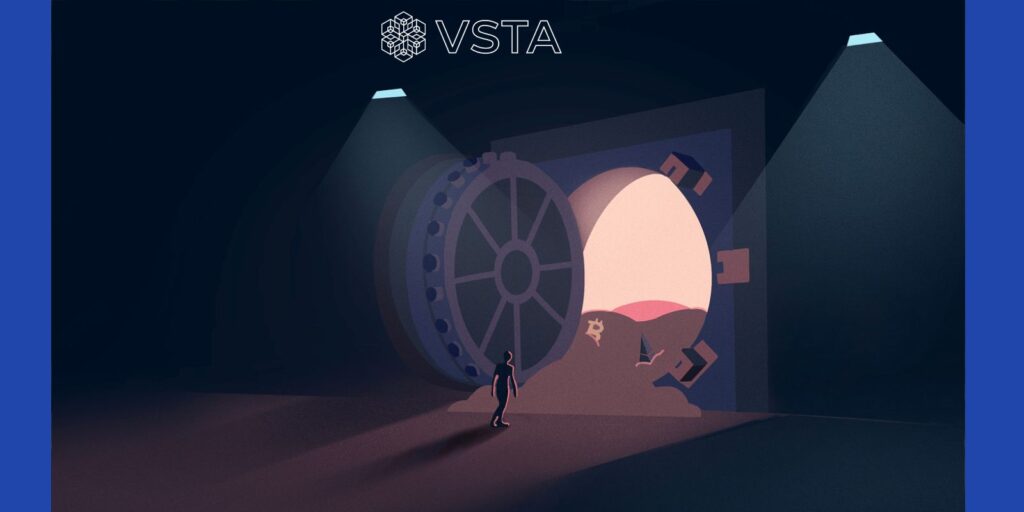
Disadvantages of Vesta Finance
- When the investment market fluctuates and the value of collateral assets drops, loans on VSTA are at risk of being liquidated. This may cause users to lose part of their assets if they do not carefully manage their collateral ratio.
- As of 2025, Vesta Finance only supports a few main assets such as ETH, renBTC, GMX, and gOHM, so the range of collateral options remains limited.
- The VST stablecoin is designed to maintain its peg at 1 USD. However, there are still significant risks of imbalance if market demand decreases or if the liquidation mechanism encounters issues.
- The VST protocol relies on Arbitrum; therefore, if this network experiences security problems or congestion, the operations of Vesta will also be affected.
- Vesta Finance faces direct competition from many larger and more reputable DeFi protocols such as MakerDAO (DAI), Liquity (LUSD), and Aave. Hence, it needs to develop a clear strategy to differentiate itself and retain users.
The future of VSTA (Vesta Finance) – Forecast for 2026
The future of VSTA is expected to witness exciting developments, particularly its expansion into the NEAR ecosystem, including Aurora and NEAR. This move demonstrates that Vesta Finance is broadening its role without relying on any single decentralized ecosystem.
According to various studies and average forecasts from technical analysis systems and market models, Vesta Finance has the potential to increase by 20% to 70%. However, the wide fluctuation range of USD 0.04 – 0.15 indicates both significant profit potential if the market is optimistic, and high risk if the market weakens.
To better grasp the future of Vesta Finance, investors should combine technical analysis with regular updates to stay informed with accurate data. For those who are unsure where to find updates on VST, following the official VSTA website is the fastest way to stay up to date.
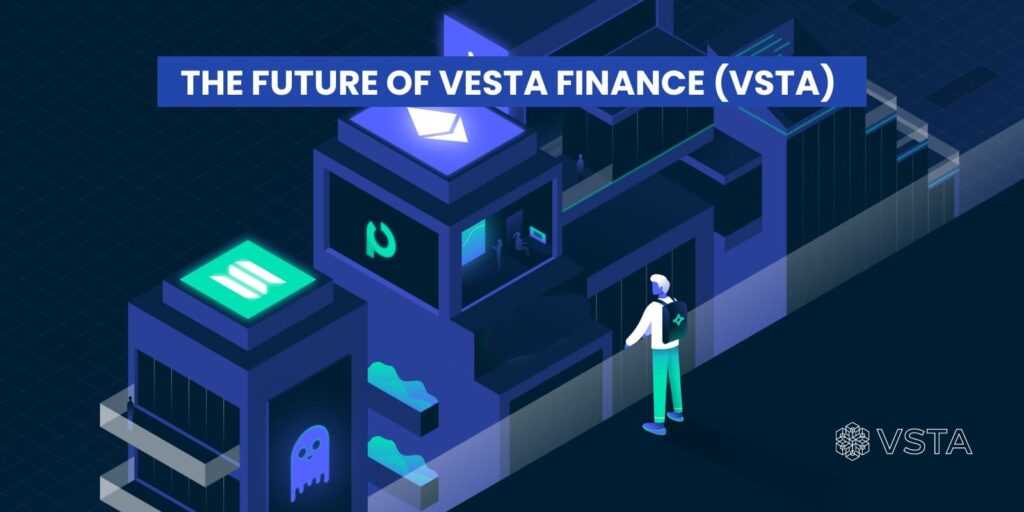
FAQs VSTA (Vesta Finance)
What is VST?
VST (Vesta Stable Token) is the stablecoin of the Vesta Finance ecosystem, pegged 1:1 to USD. Investors can mint VST by collateralizing assets or use VST payments and swaps on DEXs.
Which country is Vesta Finance from?
Vesta Finance is a DeFi protocol built on the Arbitrum network. Essentially, Vesta Finance belongs to the global ecosystem and is not tied to any single country.
Is Vesta Finance safe?
Vesta Finance uses smart contracts and encryption to ensure transparency, but risks still exist. These include fluctuations in collateral asset prices, issues with the Arbitrum network, or the need for investors to manage risks themselves.
Does borrowing on Vesta Finance incur interest?
The answer is no. Borrowing VST from Vesta Finance does not involve annual interest rates; users only pay a one-time issuance fee when creating a loan.
Conclusion
Through this article, Vesta Finance hopes you have gained a clearer understanding of Vesta Finance. Since its launch in 2022, VSTA has evolved from a protocol with core features allowing users to collateralize assets into one of the giants in the market. You can create an account today to experience the most exciting transactions on Vesta Finance.

